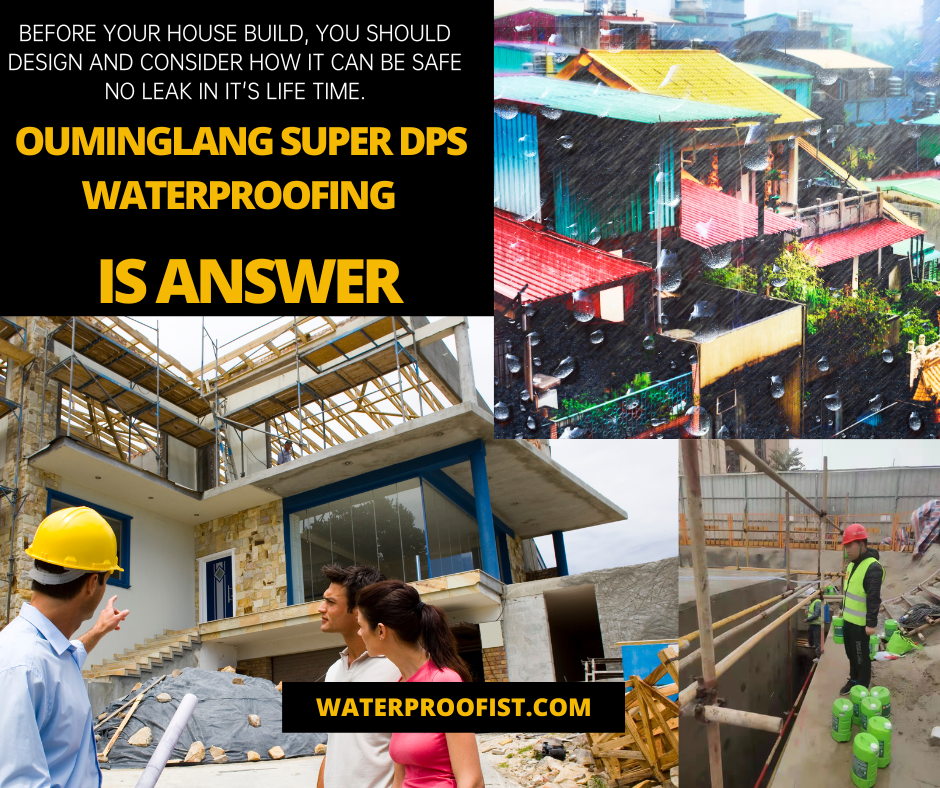Email format error
Email cannot be empty
Email already exists
6-20 characters(letters plus numbers only)
The password is inconsistent
Email format error
Email cannot be empty
Email does not exist
6-20 characters(letters plus numbers only)
The password is inconsistent
![building waterproofing, waterproofing systems, waterproofing solutions, waterproofing services, waterproofing contractors, concrete waterproofing, basement waterproofing, roof waterproofing, exterior waterproofing, interior waterproofing, foundation waterproofing, balcony waterproofing, terrace waterproofing, swimming pool waterproofing, bathroom waterproofing, kitchen waterproofing, wall waterproofing, floor waterproofing, membrane waterproofing, liquid waterproofing, damp proofing, leak detection, waterproofing repair, waterproofing maintenance, waterproofing inspection, waterproofing consultation, waterproofing technology, waterproofing materials, waterproofing products, waterproofing company, waterproofing experts, waterproofing expert advice,waterproofing solutions for commercial buildings, residential waterproofing, waterproofing membranes, basement leakage solutions, roof leakage repair, waterproofing contractors near me, professional waterproofing services, exterior wall waterproofing, interior wall waterproofing, foundation crack repair, terrace leakage solutions, balcony leakage repair, waterproofing experts in [insert location], waterproofing cost estimation, dampness prevention, damp proofing solutions, waterproofing technology advancements, eco-friendly waterproofing solutions, preventive waterproofing measures, waterproofing for high-rise buildings, waterproofing for low-rise buildings, waterproofing for industrial structures, waterproofing for heritage buildings, waterproofing for parking structures, waterproofing for public infrastructure, waterproofing for swimming pools and water features, waterproofing for elevator pits, waterproofing maintenance plans, waterproofing warranty services, importance of building waterproofing, common waterproofing problems, waterproofing standards and regulations, waterproofing specialists, efficient waterproofing techniques, sustainable waterproofing practices,Waterproofing materials, Waterproofing systems, Waterproofing installation, Water leakage prevention, Waterproofing repair services, Waterproofing inspection, Waterproofing products, Basement waterproofing, Roof waterproofing, Exterior waterproofing, Interior waterproofing, Concrete waterproofing, Masonry waterproofing, Sealing and caulking services, Waterproofing consultants, Waterproofing specialists, Waterproofing expertise, Waterproofing maintenance, Drainage solutions, Water management systems, Mold and mildew prevention, Foundation waterproofing, Crawl space waterproofing, Sump pump installation, Vapor barriers, Waterproofing for swimming pools, Waterproofing for deck and patios, Waterproofing for bathrooms and kitchens, Waterproofing for balconies and terraces, Waterproofing for commercial buildings, Waterproofing for residential buildings, Waterproofing for industrial facilities, Waterproofing for landscapes and gardens, Waterproofing for underground structures, Green roof waterproofing](https://shopic.mcmcclass.com/20240106180349193906781.png)

Economic Losses Caused by Water Leakage After Typhoons and Heavy Rainfalls
Every year, typhoons and heavy rainstorms cause widespread water leakage problems in buildings worldwide, resulting in significant economic losses. This issue is especially severe in regions prone to extreme weather, such as coastal areas frequently hit by typhoons.
Structural Damage and Safety Risks:
Water seepage corrodes steel reinforcements inside concrete, severely compromising structural integrity and safety. This leads to costly repairs, retrofitting, or even premature demolition of affected buildings.
Maintenance and Repair Costs:
Conventional waterproofing methods often provide only superficial and temporary protection. Frequent leakage forces property owners to spend heavily on repeated maintenance, waterproofing reapplications, and damage control.
Indirect Economic Losses:
Leakage can damage electrical systems, interior finishes, and furnishings, disrupt business operations, reduce property values, and cause health issues due to mold growth, all contributing to economic losses.
While precise global statistics vary, industry reports estimate that billions of dollars are lost annually due to water leakage-related damages following typhoons and heavy rains. For example:
In typhoon-prone countries, repair and maintenance costs related to leakage can account for 5%-10% of total construction investment annually.
Insurance claims related to water damage after storms represent a significant portion of payouts in affected regions.
Limitations of Traditional Waterproofing:
Conventional waterproofing materials such as bitumen membranes or coatings form surface barriers prone to aging, cracking, and delamination, leading to leakage over time.
Complex Construction and Maintenance:
Traditional waterproofing requires precise surface preparation and frequent maintenance, increasing labor costs and failure risks.

To address these challenges, Ouminglang developed an inorganic water-based penetrating crystalline waterproofing material with revolutionary "water-to-water" technology. Key benefits include:
Deep Penetration and Permanent Waterproofing:
The material penetrates 50-500mm into concrete, reacting chemically to form insoluble crystals that permanently block pores and microcracks, providing waterproofing as durable as the concrete itself.
Structural Reinforcement:
It enhances concrete density and compressive strength by 15%-23%, protecting steel reinforcement from corrosion and extending structural lifespan.
Durability and Environmental Resistance:
Resistant to acid, alkali, temperature changes, chloride ion erosion, and UV exposure, suitable for harsh climates and extreme weather conditions.
Low Maintenance and Cost-Effective:
Simplified application without the need for protective layers or regular maintenance reduces labor and lifecycle costs.
Water leakage after typhoons and heavy rains causes massive economic losses worldwide, driven largely by the limitations of traditional waterproofing methods. Innovative crystalline waterproofing solutions like Ouminglang Super DPS offer a transformative approach that can significantly reduce these losses by providing permanent, durable protection and structural reinforcement.
Adopting such advanced waterproofing technologies is critical for improving building resilience, ensuring safety, and minimizing economic impacts in typhoon-affected regions.
